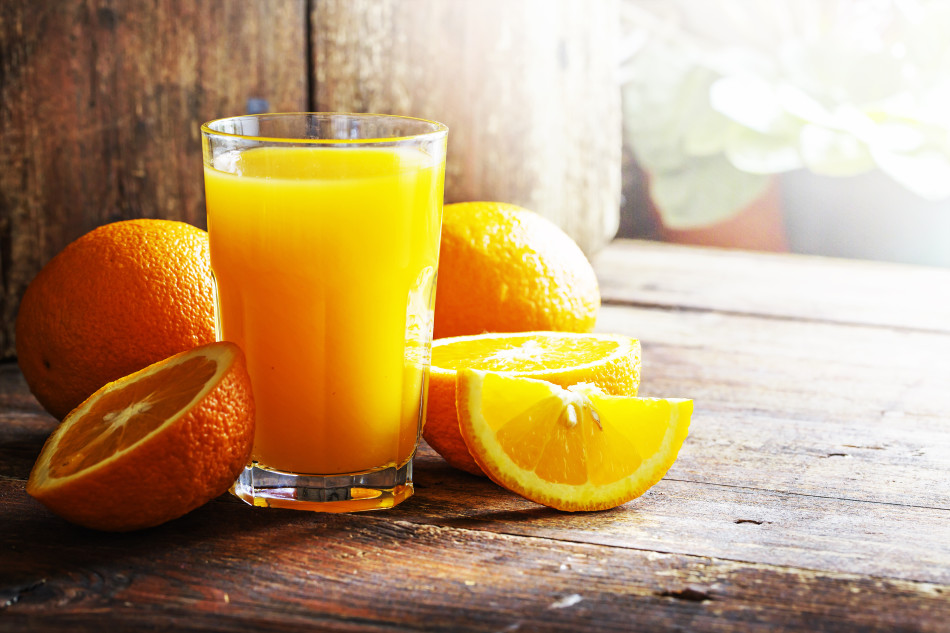Fruit juice and antioxidants

Fruit juice and antioxidants
2 min read
Antioxidants are compounds which inhibit oxidation, a chemical reaction that can produce free radicals. Free radicals are produced in the body as part of normal body processes while antioxidants help to keep the balance of free radicals in the body in check. Oxidative stress is the term for excessive free radical formation which can damage the DNA in cells and even cause cell death. Oxidative stress has been linked with ageing and the development of some chronic diseases.
Since antioxidants are present in plants and animals to defend against oxidative stress, they’re found in many of our foods, particularly in fruit and vegetables. Fruit juices are often a rich source of vitamin C which is a powerful antioxidant.
Many polyphenols (plant compounds) found in fruit juices can have antioxidant effects. For example, anthocyanins in blood orange, blueberry, grape and cranberry juice; hesperidin, naringenin and naringin found in citrus juices; quercetin in apple juice; and ellagitannins, like punicalagin, in pomegranate juice. These juices and their antioxidant effects have often been explored in research.
One placebo controlled randomised controlled trial (RCT) in 23 patients with hepatitis C found that those who consumed 500ml orange juice for 8 weeks had improved antioxidant capacity and lower parameters of oxidative stress [1]. Orange juice could therefore be a beneficial adjuvant in those undergoing treatment for chronic inflammatory disorders.
In a crossover RCT, 12 young volleyball players consumed 400ml/day of either a placebo or grape juice for 14 days [2]. Blood samples were taken before and after each volleyball match. Consumption of grape juice significantly reduced lipid peroxidation and DNA damage, which can be caused by high intensity exercise.
Another RCT, which used hesperidin supplementation in 64 participants with type 2 diabetes, found that it reduced oxidative DNA damage and lipid peroxidation, implying an effect on vascular function and lipid accumulation [3].
A further RCT in 57 healthy men gave participants 750ml/day of either an anthocyanin-rich juice, containing grape, apple and blueberry juices, or a placebo drink (of similar composition but without the polyphenols) for 8 weeks [4]. The researchers found that, although only the anthocyanin-rich drink led to a reduction in body fat, both drinks provided a reduction in background and total DNA strand breaks. This may have been because both types of drinks contained vitamin C which is also an antioxidant.
In conclusion, current evidence suggests that antioxidants, which are found in fruits and their juices, can help contribute to improved antioxidant status, countering oxidative stress and lowering the risk of damage to cells and body processes as a result.
References
1 Gonçalves D et al. (2017) https://pubmed.ncbi.nlm.nih.gov/28469541/
2 Martins NC et al. (2020) https://pubmed.ncbi.nlm.nih.gov/33183673/
3 Homayouni F et al. (2017) https://pubmed.ncbi.nlm.nih.gov/28805022/
4 Bakuradze T et al. (2019) https://pubmed.ncbi.nlm.nih.gov/31088176/
